Composition of ETPU
Expanded Thermoplastic Polyurethane is derived from the polymerization reaction of diisocyanates and diols, resulting in the formation of polyurethane chains. In its expanded form, ETPU contains a cellular structure, created through the incorporation of a blowing agent during the manufacturing process.
Properties of ETPU
1.Lightweight
ETPU is characterized by its low density, making it lightweight compared to many other cushioning materials. This property is highly beneficial in applications where weight reduction is essential, such as in footwear and sports equipment.
2.Cushioning
The cellular structure of ETPU provides excellent cushioning and impact absorption properties. It can effectively dissipate and distribute impact energy, providing comfort and protection in applications such as shoe midsoles, helmet liners, and protective padding.
3.Resilience
ETPU exhibits resilience, meaning it can return to its original shape after being compressed or deformed. This property ensures long-lasting performance and durability, even after repeated use or exposure to heavy loads.
4.Weather Resistance
Expanded Thermoplastic Polyurethane is resistant to environmental factors such as moisture, chemicals, and UV radiation. This makes it suitable for outdoor applications where exposure to harsh conditions is common.
5.Thermoplasticity
ETPU is thermoplastic, meaning it can be melted and reshaped multiple times without undergoing chemical degradation. This property allows for ease of processing and molding into various shapes and configurations.
The Application of ETPU
Expanded Thermoplastic Polyurethane finds applications in a wide range of industries, including:
1.Footwear: ETPU is commonly used in shoe midsoles and insoles to provide cushioning, energy return, and comfort. It offers an alternative to traditional foam materials and is favored for its lightweight and resilient nature.
2.Sports Equipment: ETPU is utilized in the construction of sports helmets, protective padding, and equipment liners to absorb impact forces and enhance athlete safety.
3.Packaging: ETPU foam is used in protective packaging solutions to cushion fragile items during shipping and handling, offering superior impact protection compared to traditional packaging materials.
4.Automotive: ETPU is employed in automotive interior components such as armrests, headrests, and seat cushions to enhance comfort and reduce vibrations.
5.Medical Devices: ETPU is used in orthopedic braces, prosthetic liners, and cushioning materials for medical devices to provide comfort and support to patients.
ETPU is a versatile material known for its lightweight, cushioning properties, resilience, and durability. Its ability to absorb impact energy and provide comfort makes it a popular choice in industries ranging from footwear and sports equipment to automotive and medical devices. With ongoing research and development, ETPU continues to expand its applications and offer innovative solutions in various sectors.
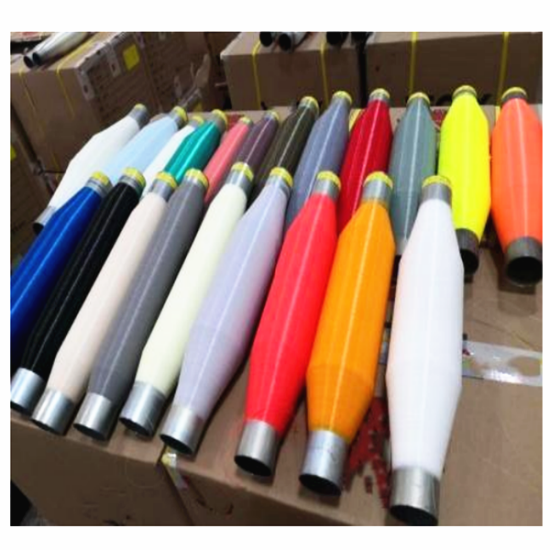
















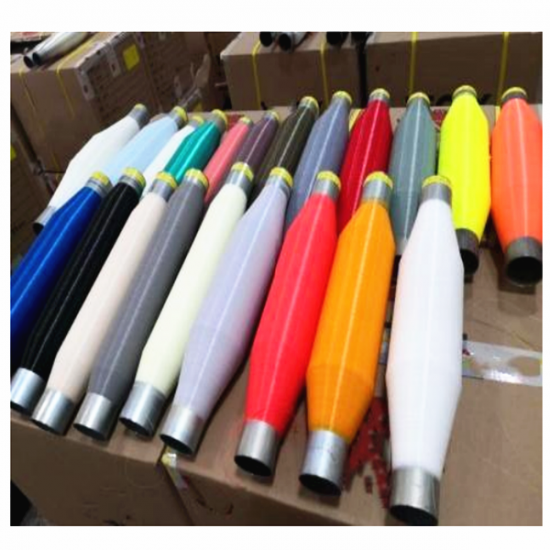













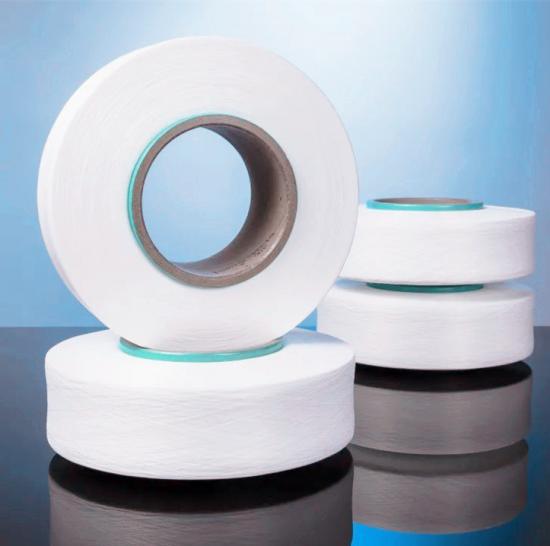
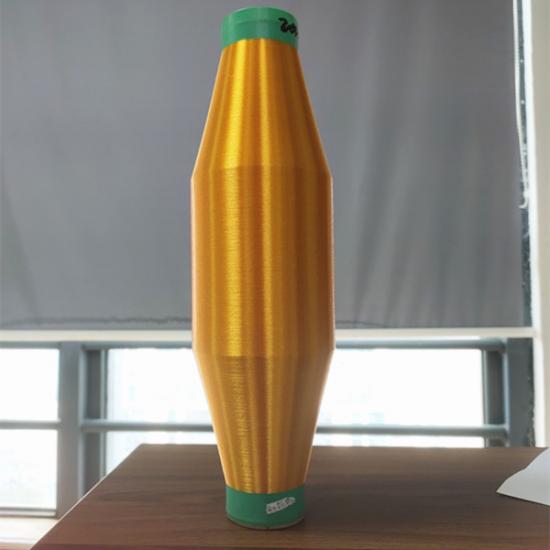
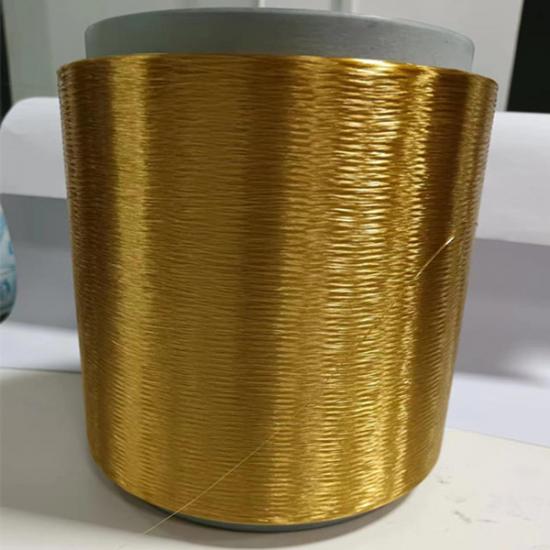



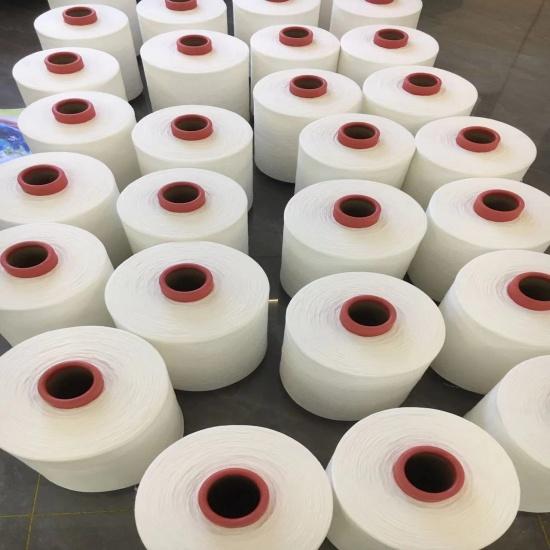






 IPv6 network supported
IPv6 network supported 